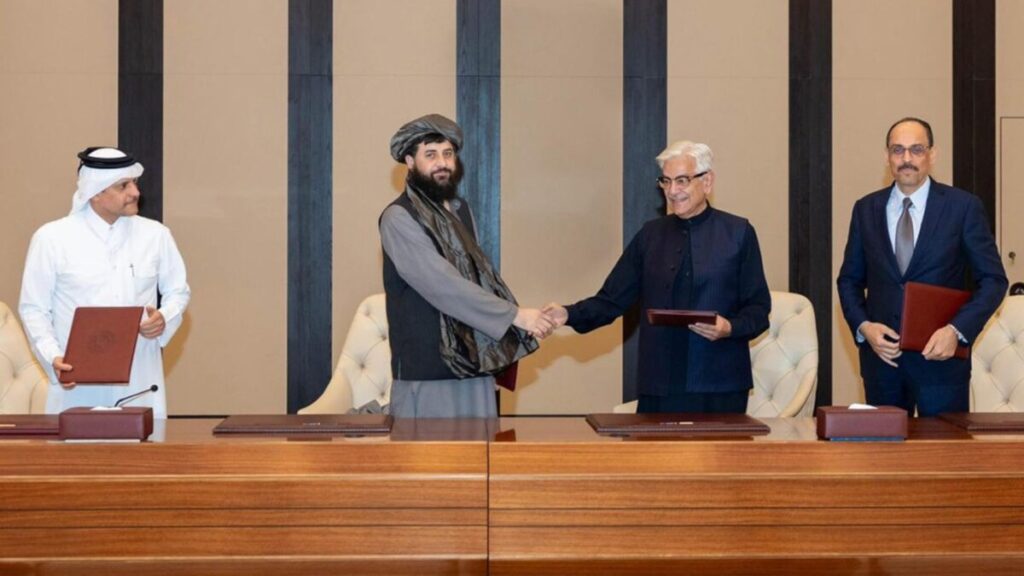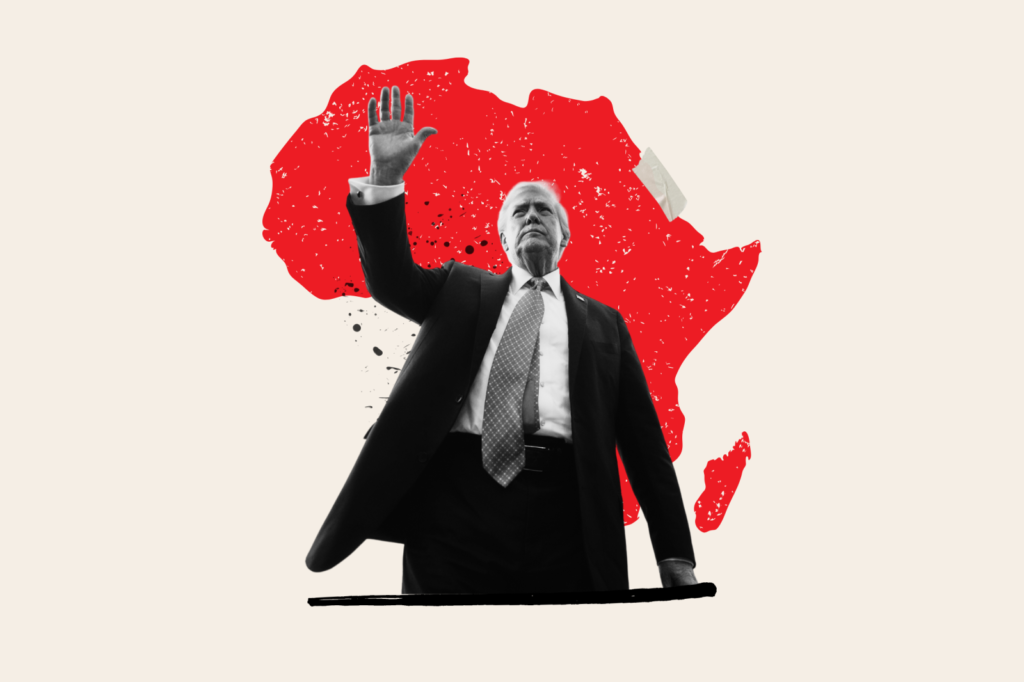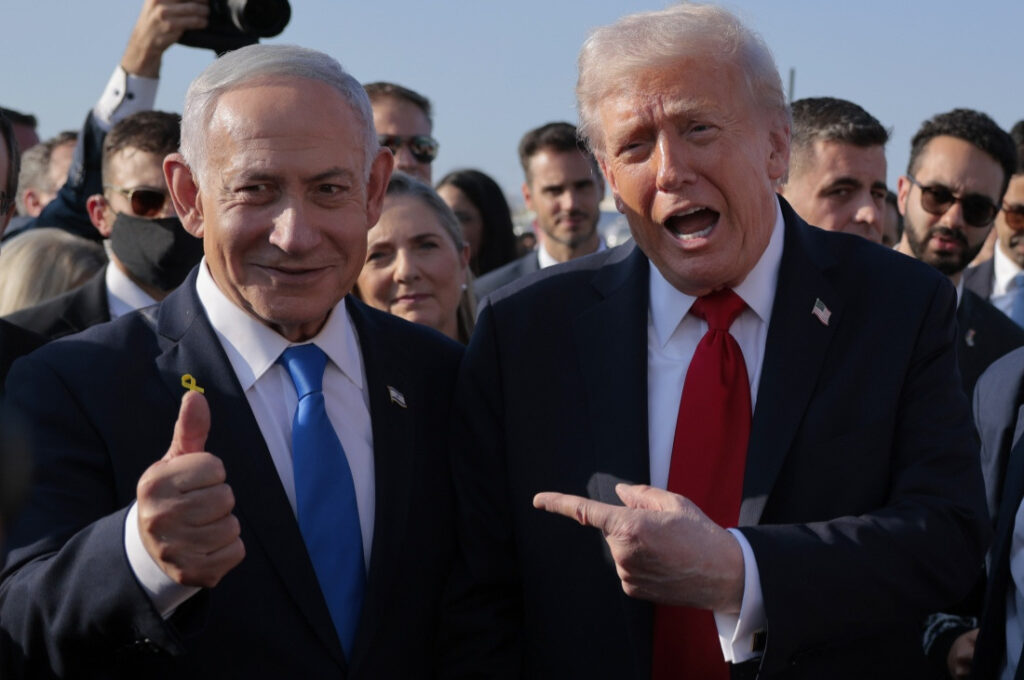Pakistani delegation expected in Kabul Tuesday

Pakistani media have reported that a high-level delegation from Islamabad will travel to Kabul on Tuesday for talks focused on security, trade, and the recent ceasefire agreement with the Taliban.
The visit comes after Pakistan and the Taliban signed an immediate ceasefire deal Saturday evening, following Qatar- and Turkey-mediated negotiations in Doha aimed at de-escalating tensions after deadly border clashes.








